Does your child know what happens to the garbage after he throws it away?
When it comes to recycling and sustainability, these are some of the most important concepts that you must discuss with your kids from a young age. And these aspects are truly a great way to let your kids make a positive impact.
According to a study, recycling one ton of paper can save up to 17 trees, one metric ton of harmful carbon emissions, and 7,000 gallons of water. Overall, even the smallest effort by you and your kids can make a significant impact on the environment, making it sustainable for future generations.
Read this article to learn how you can teach kids about recycling and sustainability.
Teach Recycling Through Fun Games
Games are the best way when it comes to making your children learn something new with excitement. Play engaging outdoor games where you can discuss the benefits of recycling and how you can sort out waste.
This way, they’ll be able to learn about recycling and sustainability without realizing it.
Even the Journal of Environmental Education recommends using educational games, as it has been proven to improve environmental knowledge in kids faster. You can also encourage your kids to try out virtual recycling games to get an idea of the concept in an interactive way.
DIY Upcycling Crafts
It’s time to turn some waste material into something creative and useful. Let your kids work on creative ideas using old materials and create some beautiful home decor items. They can transform paper mache into a flower vase, old glass jars into pretty lanterns, or cardboard boxes into a little playhouse.
This way, your kid will be able to see the potential in every little thing that might otherwise be discarded.
Nature Walks and Clean-Up Initiatives
Connecting with nature is a great way to teach the importance of the environment and other aspects like recycling and sustainability.
Therefore, find some time to take your kids on a nature walk and discuss how littering can spoil the natural beauty of a place and how harmful it is for the flora and fauna.
You might even encourage them to sort out some recyclables, which they could later turn into something new.
Garden Activities
If you’re not getting the time to take your kids on a nature trip, maybe you could just sit back together with your kids in the garden and explore some exciting gardening activities, such as composting. Your kids will be surprised to know that even the kitchen scraps could turn into a rich compost for plants. Ultimately, this is a small yet great effort to teach kids about creating a sustainable environment.
Small Steps Towards Energy Conservation
Turning off lights when not in use, using renewable sources of energy like solar power, and using energy-efficient appliances are some of the few steps that might seem small but leave a significant positive impact on the environment. Teaching kids about energy conservation and its sustainable use is important to develop a lifelong habit of mindful energy consumption.
Your one little effort of teaching kids about recycling and sustainability will go a long way in creating a sustainable environment.
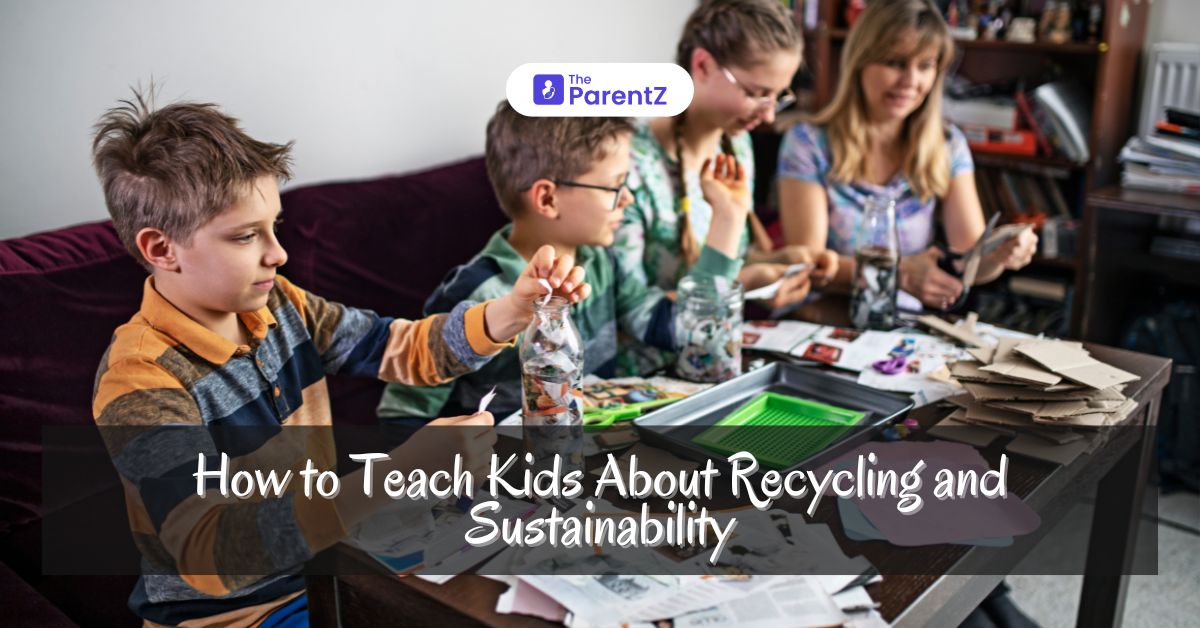

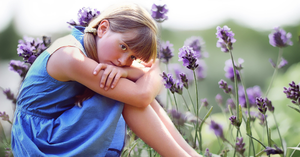

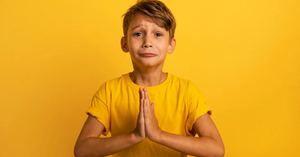
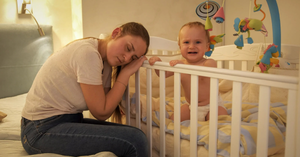

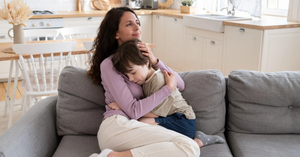
Be the first one to comment on this story.